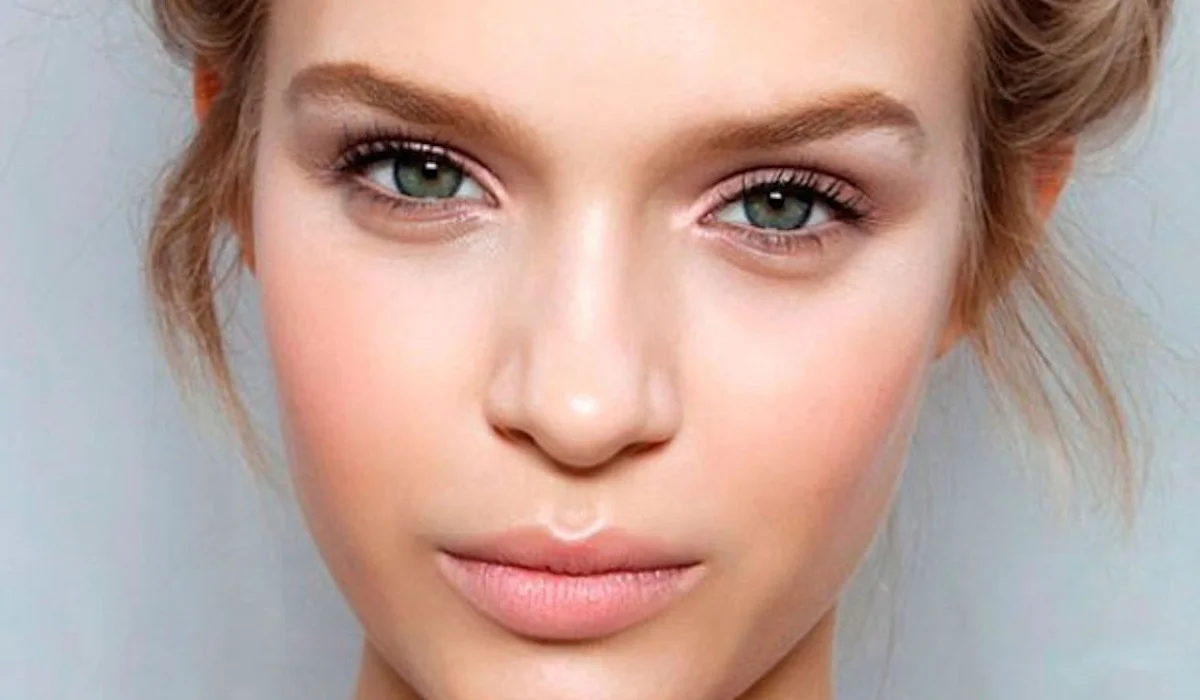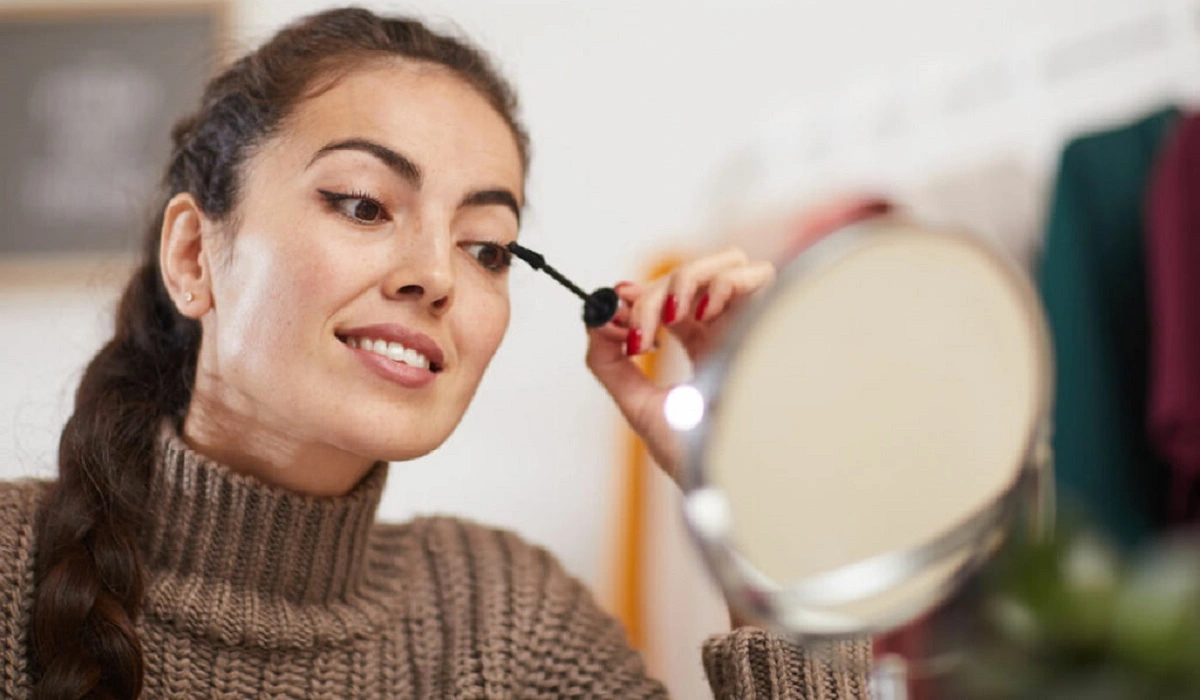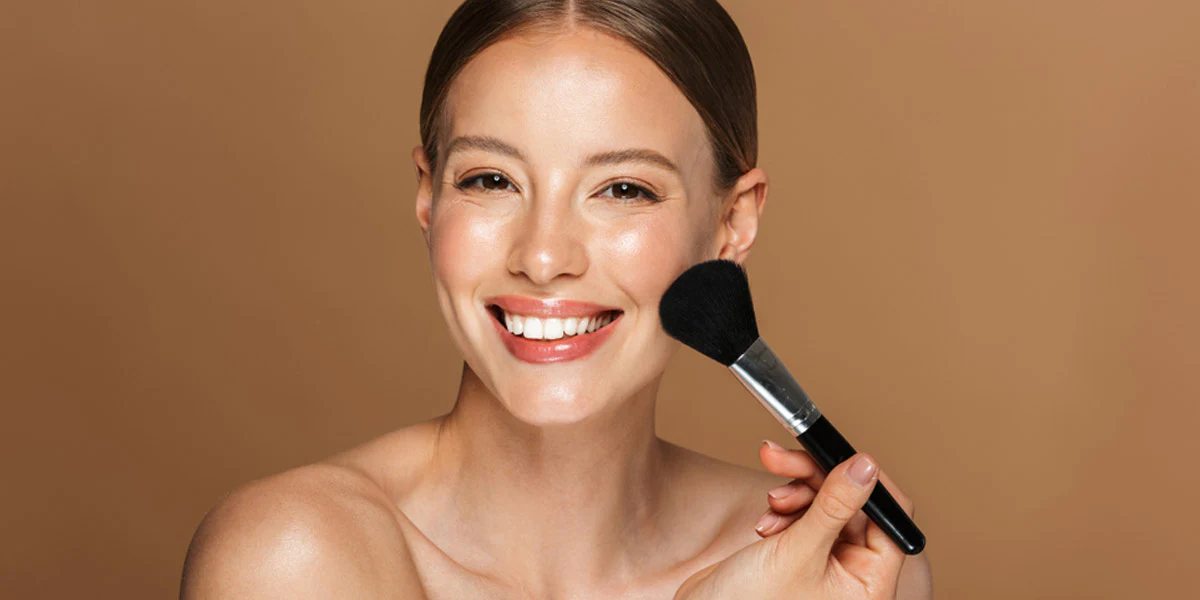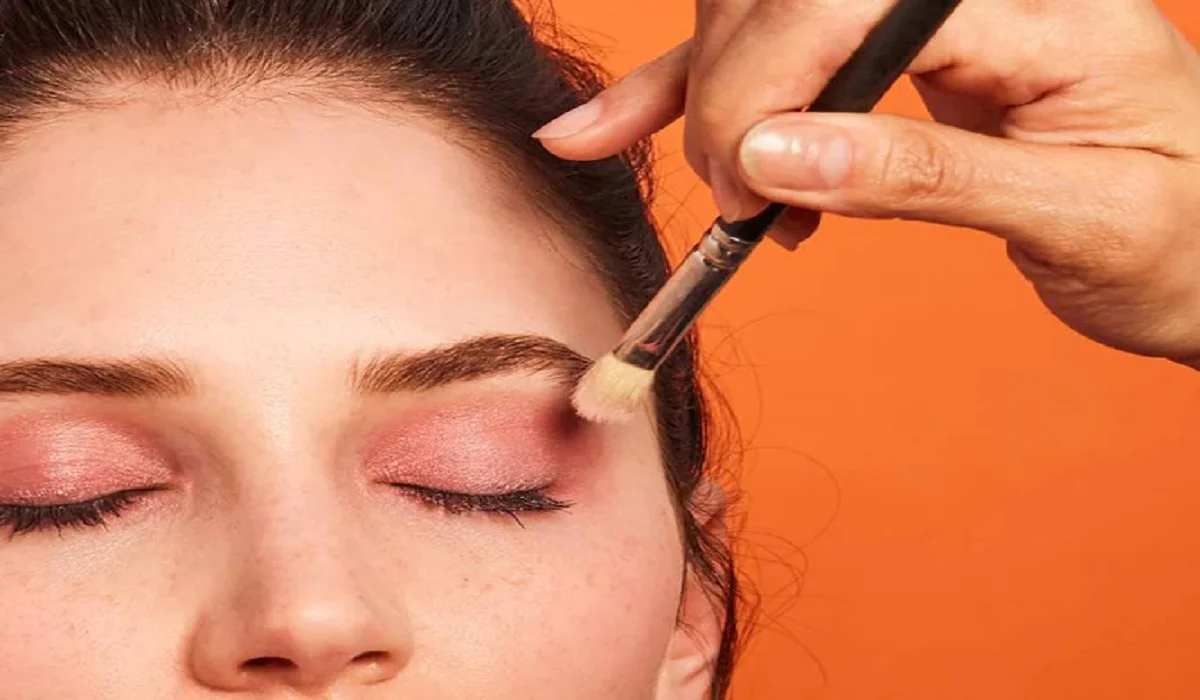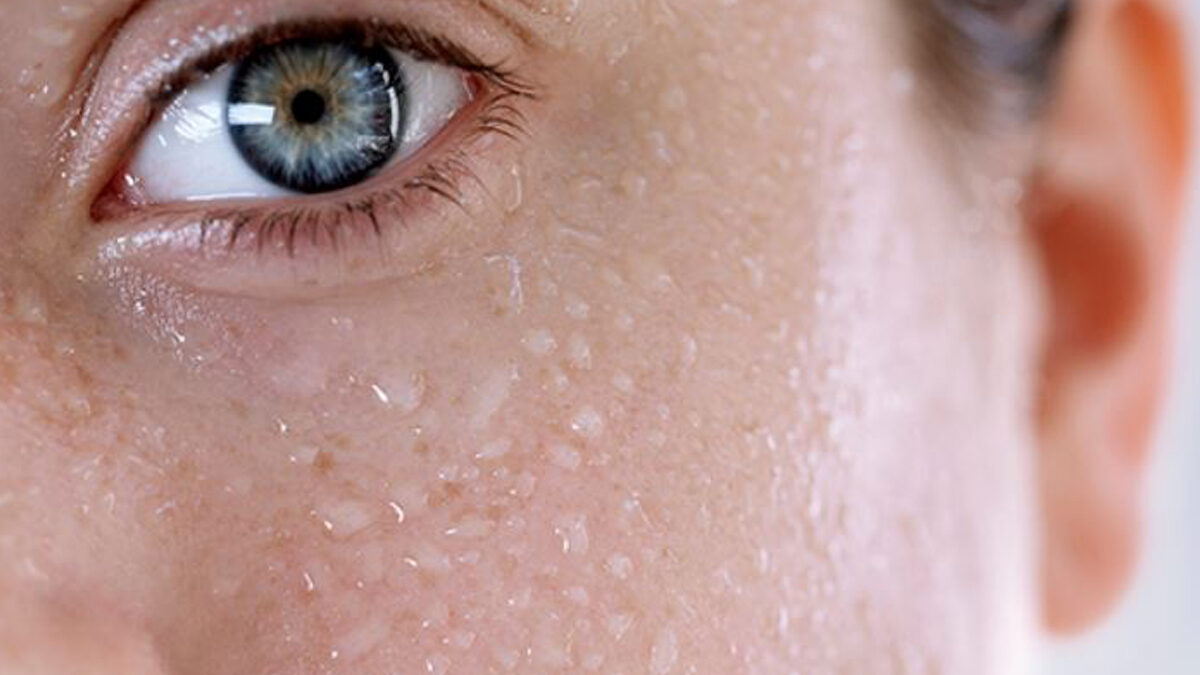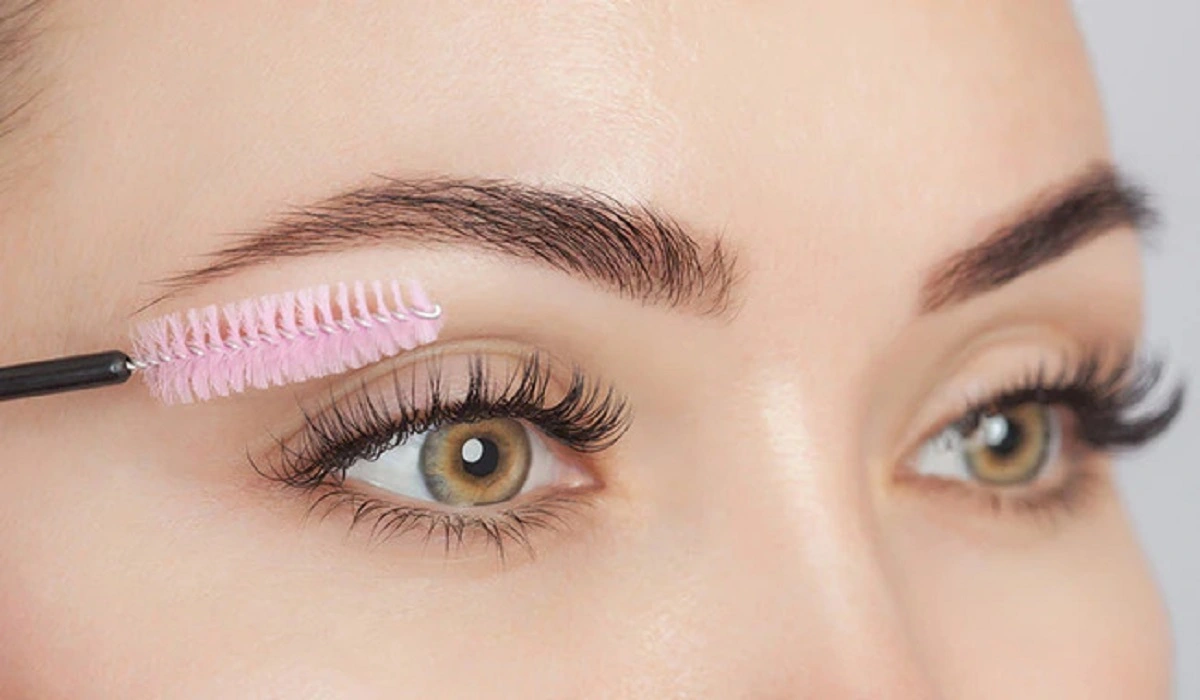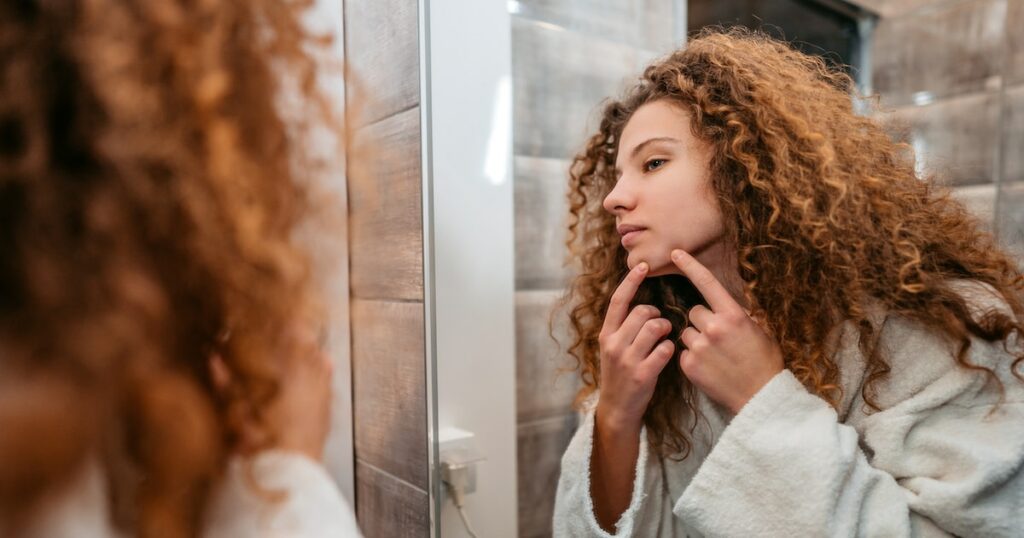
Fungal facial acne, frequently confused with its bacterial counterpart, originates from an excessive proliferation of yeast, notably the Malassezia species, on the skin’s surface. This yeast finds a conducive environment in oily areas, setting fungal acne apart from traditional acne. This guide aims to demystify the condition, exploring its roots, identification methods, and effective treatment options.
Root Causes of Fungal Acne
The imbalance in the skin’s microbiome, prompted by factors such as intense perspiration, high humidity, constrictive apparel, and the application of oil-based skincare products, paves the way for yeast overgrowth. Recognizing these triggers is fundamental to both the management and prevention of fungal acne flare-ups.
Symptom Recognition
Characterized by small, consistent bumps that often itch, fungal acne predominantly appears in oily or sweaty zones like the forehead, chin, and chest. Its resistance to conventional acne remedies serves as a significant distinguishing feature.
Diagnosing Fungal Acne
Seeking a dermatologist’s expertise is advisable for accurately distinguishing fungal acne from other dermatological issues, possibly involving skin inspections or more intricate procedures like cultures or biopsies.
Home Treatment Strategies Natural Remedies
- Tea Tree Oil: Its antifungal attributes make it beneficial for topical application when diluted.
- Aloe Vera: Offers soothing and anti-inflammatory effects.
- Apple Cider Vinegar: Serves as a potent natural antifungal when diluted and applied as a toner.
Skincare Regimen
Adopting a skincare routine that eschews heavy oils, favoring non-comedogenic alternatives, and includes washing with a gentle cleanser twice daily is crucial to averting yeast accumulation.
Medical Intervention for Fungal Acne Prescribed Solutions
Dermatologists may prescribe antifungal creams or oral medications, with ketoconazole or clotrimazole being common choices to address yeast overgrowth.
Over-the-Counter Options
Consultation with a healthcare provider is recommended when choosing over-the-counter antifungal treatments to ensure their efficacy.
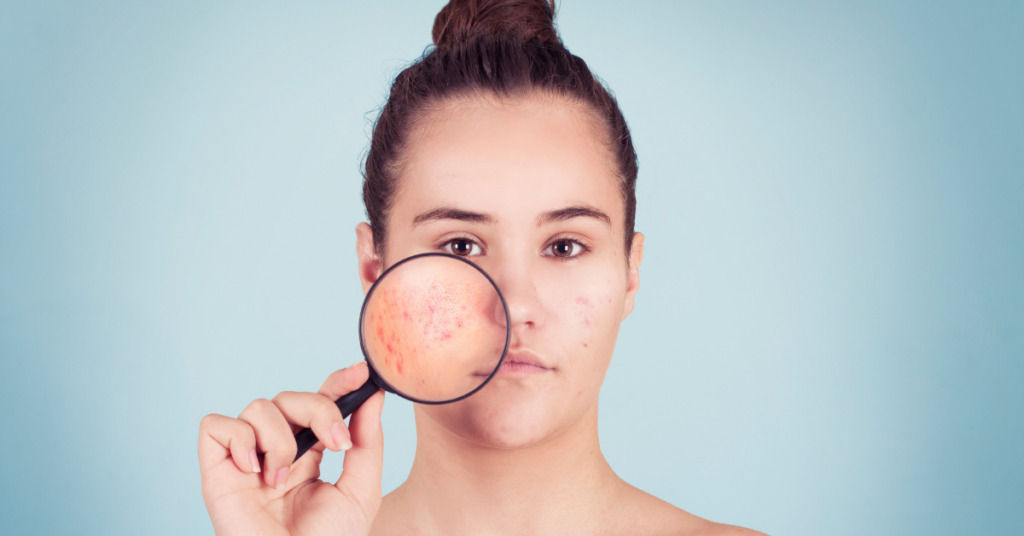
Dietary Role in Management
A diet low in sugars and refined carbs can curb internal yeast proliferation. Including antifungal foods like garlic and coconut oil may further aid in combating the condition.
Skincare Product Selection Recommended Products
Seek out oil-free, non-comedogenic products that do not feed the yeast. Ingredients such as zinc pyrithione can be effective in reducing skin yeast levels.
Ingredients to Avoid
Steer clear of skincare items containing ingredients like fatty acids, esters, and oils that Malassezia yeast thrives on, as they can worsen the condition.
Preventive Measures
Wearing breathable clothing, adhering to a balanced diet, and judiciously selecting skincare products are key preventive steps. Additionally, regularly changing bedding and minimizing sweating can thwart fungal acne development.
Effectively tackling fungal facial acne necessitates a holistic approach that includes accurate diagnosis, lifestyle modifications, and careful product selection. With an informed understanding of its causes and dedicated application of suitable remedies, achieving and maintaining healthy skin is attainable.
- How can I tell if I have fungal acne? Fungal acne presents as uniform small bumps that are often itchy, unlike bacterial acne, which can have varied sizes and rarely itches.
- Why isn’t my acne treatment working? If traditional acne treatments are ineffective, you might be dealing with fungal acne, which requires different treatments.
- Can fungal acne spread to other body parts? Yes, if not treated, fungal acne can spread to other areas, especially in favorable conditions for yeast growth.

